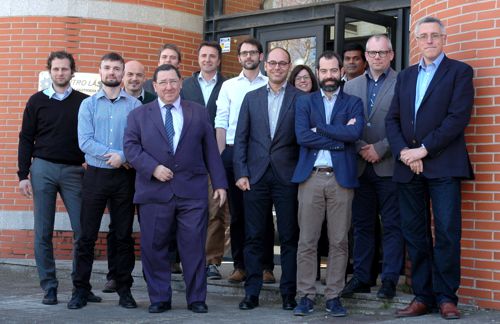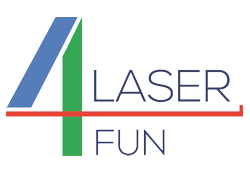From August 21st to 25th 2017, the Chair of Laser Processing of the University of Twente organizes its 1st international summer school on “Advanced laser processing”. This event will be venue for the second Laser4Fun summerschool and it aims to give the participants a “full-immersion” experience in the world of laser materials processing.
For the preliminary program, topics, and instructions on how to register, download the PDF leaflet.
 About RomerGRBE
About RomerGRBE
Vittorio Vercillo, as a Marie Curie Ambassador, at the Open Day of the MSc in Nanotechnology Engineering of the University of Rome Sapienza
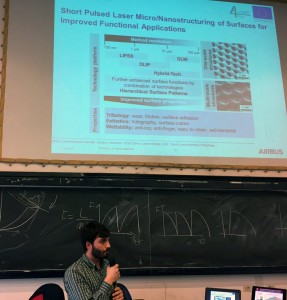 During the Open Day of the MSc in Nanotechnology Engineering of the University of Rome Sapienza (Italy) on May 11th, 2017, Vittorio Vercillo, presented as a Marie Curie Ambassador his progress on “Micro-/nano-structuring of surfaces for improved functionalities in aerospace applications” to graduate students. He was invited as an ex-alumnus of the department.
During the Open Day of the MSc in Nanotechnology Engineering of the University of Rome Sapienza (Italy) on May 11th, 2017, Vittorio Vercillo, presented as a Marie Curie Ambassador his progress on “Micro-/nano-structuring of surfaces for improved functionalities in aerospace applications” to graduate students. He was invited as an ex-alumnus of the department.
Development of a General Model for Direct Laser Interference Patterning of Polymers
Results of the work in the Laser4Fun project has been published as:
S. Alamri, A.F. Lasagni (2017): Development of a General Model for Direct Laser Interference Patterning of Polymers, Optics Express, 25, 9, 287359
Abstract
This study investigates the general mechanism of Direct Laser Interference Patterning (DLIP) involved in the structuring process of polymer materials. An empirical model is developed taking into account experimental observations of DLIP-treated pigmented and transparent polycarbonate substrates with UV (263 nm) and IR (1053 nm) laser radiation. Depending on the used laser processing conditions, the type of material as well as the spatial period of the interference pattern, four different structuring mechanisms can be identified. The treated surfaces are investigated using confocal microscopy, scanning electron microscopy and focus ion beam and as a result from the experimental data analysis, the developed model predicts the material surface topography after the patterning process, by means of a set of material-dependent coefficients.
Links
Ultrashort pulse laser-induced texturing of stainless steel at 1 MHz and high average power: impact of process parameters
Results of the work in the Laser4Fun project has been published as:
Fotis Fraggelakis, Girolamo Mincuzzi, John Lopez, Inka Manek-Hönninger, and Rainer Kling. Texturing metal surface with MHz ultra-short laser pulses. Optics Express 25(15), pp. 18131-18139, 2017
Abstract
Exploitation of surface texturing by ultra-short pulse laser (UPL) technology for commercial purposes requires the undertaking of several issues including a reliable and robust set-up compatible with large area and high throughput production. A technological strategy to rise to this challenge could be the use of polygon scanner which can deflect a laser beam with unprecedented speed (up to some hundreds of m/s) over an optical field of some tens of cm, jointly with high average power UPL delivering pulse energies of few tens of micro joule and repetition rates in the range of MHz. Nevertheless, unwanted thermal effects are expected to arise, when utilising average power as high as several tens of Watts, compromising the surface texturing morphology. Here a study is reported on the surface texturing of stainless steel carried out utilising an industrial UPL emitting both in the near infrared (λ = 1030 nm) and visible (λ = 515 nm) with high average power (up to 20 W) and operating at high repetition rate (1 MHz). The impact of the fundamental process parameters like single pulse fluence, beam scan speed, number of successive scans and energy dose has been studied. The evolution of the surface morphology has been investigated using scanning electron microscopy (SEM) analysis. We believe our results will contribute to an in deep understanding of the UPL laser texturing with high power, as preliminary step to increase in the next future surface texturing by UPL technological readiness.
Link(s)
Direct laser interference patterning of transparent and colored polymer substrates: ablation, swelling, and the development of a simulation model
Results of the work in the Laser4Fun project has been published as:
Sabri Alamri and Andrés F. Lasagni (2017) Direct laser interference patterning of transparent and colored polymer substrates: ablation, swelling, and the development of a simulation model. Proc. SPIE 10092, Laser-based Micro- and Nanoprocessing XI, 1009219 (February 17, 2017)
Abstract
It is well known that micro and sub-micrometer periodical structures play a significant role on the properties of a surface. Ranging from friction reduction to the bacterial adhesion control, the modification of the material surface is the key for improving the performance of a device or even creating a completely new function. Among different laser processing techniques, Direct Laser Interference Patterning (DLIP) relies on the local surface modification process induced when two or more beams interfere and produce periodic surface structures. Although the produced features have controllable pitch and geometry, identical experimental conditions applied to different polymers can result on totally different topologies. In this frame, observations from pigmented and transparent polycarbonate treated with ultraviolet (263 nm) and infrared (1053 nm) laser radiation permitted to identify different phenomena related with the optical and chemical properties of the polymers. As a result from the experimental data analysis, a set of material-dependent constants can be obtained and both profile and surface simulations can be retrieved, reproducing the material surface topography after the surface patterning process.
Links
- https://www.spiedigitallibrary.org/conference-proceedings-of-spie/10092/1/Direct-laser-interference-patterning-of-transparent-and-colored-polymer-substrates/10.1117/12.2251740.full?SSO=1 (includes video)
- http://proceedings.spiedigitallibrary.org/proceeding.aspx?articleid=2605571
- http://dx.doi.org/10.1117/12.2251740
Newsletter (September 2016)
The Laser4Fun Newsletter (issue September 2016) is out! To download it, click on the link below. Questions? Contact us through the contact form.
Summer school 2016
The Fraunhofer-Institut für Werkstoff- und Strahltechnik IWS organised and hosted, from August 29 until September 2, 2016, the first Summer school “Short Pulsed Laser Micro/Nanostructuring of Surfaces” for (and by) PhD students of the “Laser4Fun” project, supported by the European Commission (Marie Sklodowska-Curie Actions. This summer school was combined with the “5th International Summer School on Trends and new developments in Laser Technology”, organised by the Fraunhofer-Institut für Werkstoff- und Strahltechnik IWS and the Technical University of Dresden. This one-week International Summer School brought about 40 undergraduate and PhD students together for an intensive programme of study on fundamental and applied aspects of laser technology. The main programme consisted of lectures by renowned experts, supplemented by poster presentations and informal discussion sessions, as well as practices in the laboratory. The course aimed to enable the exchange of new ideas across these fields.
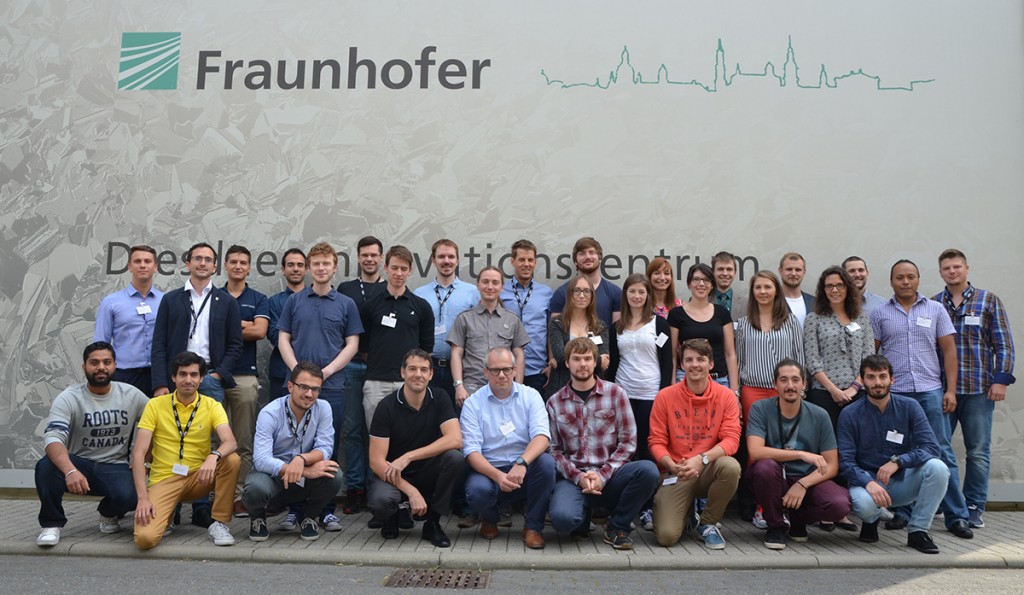
First annual Laser4Fun meeting
The annual LASER4FUN meeting, as well as the Supervisory Board (SB) meeting of the LASER4FUN project took place on June 23rd and 24th, 2016 in Bordeaux, France. The meeting was hosted by ALPhaNOV. As it was the first meeting where all the Early Stage Reseachers (ESRs) joined, the ESRs introduced themselves and presented their background. They also joined the discussions on the progress and future work of the project with their supervisors & industrial partners, and had their first training. Moreover, the specifications and requirements of the surfaces to be produced/studied (Workpackage 1), were discussed. Further, the status of the project, management and reporting issues, as well as communication and dissemination topics were discussed.
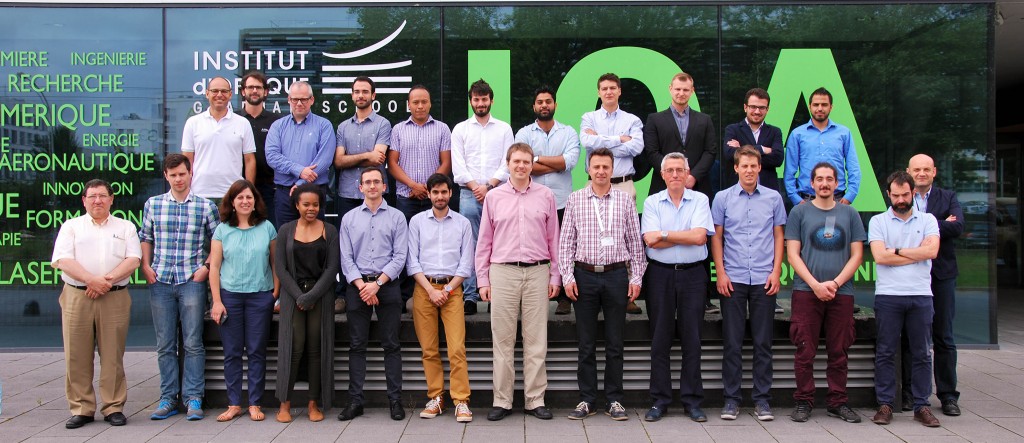
All 14 ESRs recruited!
The LASER4FUN European Training Network had 14 vacancies for Early Stage Researchers (ESRs) for research positions in the frame of a PhD doctoral programme, targeting a PhD degree. The consortium is happy to announce that all ESR positions have been filled and that the ESRs have started their work between January 1st and May 2nd 2016. The biography of each ESR can be found on the PEOPLE page on this website.
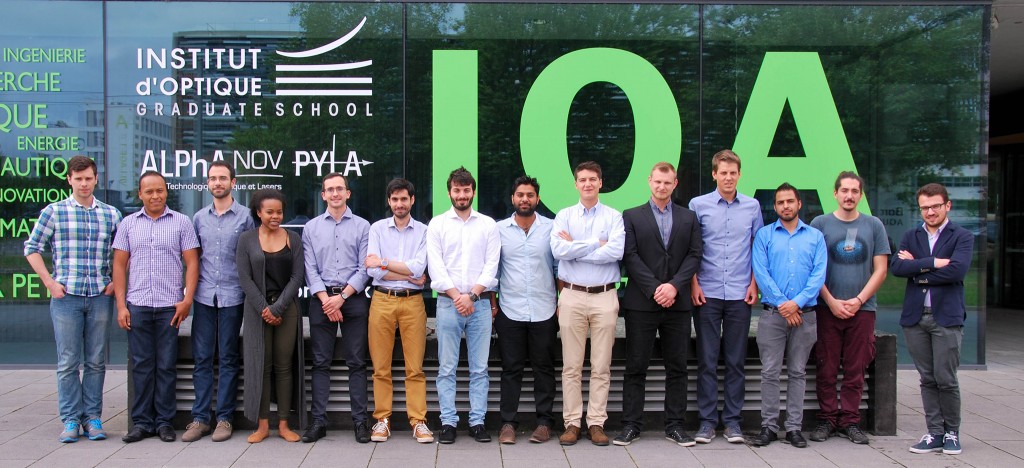
First Technical Board and Supervisory Board Meeting
The First Technical Board (TB) meeting, as well as the Supervisory Board (SB) meeting of the LASER4FUN project took place on March 4th, 2016, at the Centro Laser de la Universidad Politecnica de Madrid (UPM). Hosted by Prof. Jose Luis Ocaña, the TB & SB discussed the recruitment status of the Early Stage Researchers (ESRs), status of the project, management and reporting issues, communication and dissemination topics, definition of problems and pre-required structure geometry and size, as well as ESR training activities.
